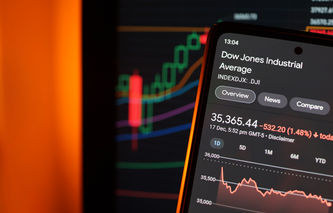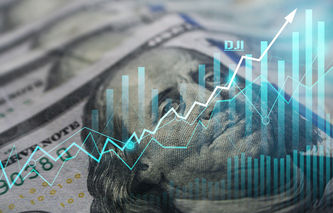As investors, we're used to hearing about the Dow setting a new record high. But in November 2014, we encountered a rare record-setting day. This was a Dow trifecta or hat trick of sorts, when all three of the Dow averages hit a high on the same day.
Rare Stock Market Records
Back on November 5, 2014, the Dow Jones Industrial Average, the Dow Jones Transportation Average, and the Dow Jones Utility Average all hit record highs. The last time the three averages hit a high on the same day was back in 2007, seven years earlier. The Dow Jones averages have been around for about 80 years, and this triple high is a pretty rare stock market event.
This particular high was fueled by investor reaction to the election results. But the fact all three averages hit a high on the same day is a testament to the breadth of the stock market's rally.
Triple Highs of the Past
In fact, excluding the Dow triple high of November 2014; there have only been twenty-five times in the past that this has happened, as illustrated in the following table:
Dow Triple Record Closes
1920s | 1960s | 1980s | 1990s | 2000s | 2010s | |
Record Closes | 6 | 2 | 9 | 2 | 6 | 1 |
If we take a closer look at the decades in which we had multiple Dow triple highs, these were decades of widespread market exuberance. They were also the same decades that experienced some very large Dow setbacks.
For example, six triple-records occurred in the 1920s, just prior to the stock market crash of 1929. There were also nine record days in the 1980s, just before the stock market crash of 1987. This is a pattern of widespread upward movements across the stock market, followed by a sharp market correction.
Consequences of Record Highs
We just spoke about one possible consequence of a large number of coincidental record highs: a large market correction. Interestingly, most analysts feel that a triple high is a good sign for the stock market. The fact that all three Dow averages are at record levels indicate the economy is strong enough to support corporate profitability across a wide array of industries. That is a good financial condition because it usually means a bull market still has a way to go. The Dow Theory also supports this last point.
Dow Theory
Ever since it was first introduced by Charles Dow; the Industrial Average has been used by various theorists in an attempt to predict future movements in the stock market. One of these hypotheses is called the Dow Theory, and it has to do with the interactions between the Dow Jones Industrials and the Dow Transportations.
The most common version of the Dow Theory goes something like this:
A rise in the Dow Jones Industrial Average must be "confirmed" by the Dow Jones Transportation Average in order for the rise in the market to be sustainable.
This theory is based on the relationship that exists between the "industrials" that manufacture products and the "transportations" that ship the products. An easy to remember version of the Dow Theory is that one sector "makes" and the other sector "takes."
These interactions are much more complex than they appear on the surface; however, many investors still closely monitor the interaction of the industrials and the transportations.
Final Comments on Dow Triple Highs
On the one hand there are market analysts saying that triple highs are a good sign. The November 2014 bull market has a way to go since the Transportation Index has indeed confirmed the Industrial Average's upward movement. On the other hand, there has been this historical pattern of triple highs followed by sharp market corrections.




